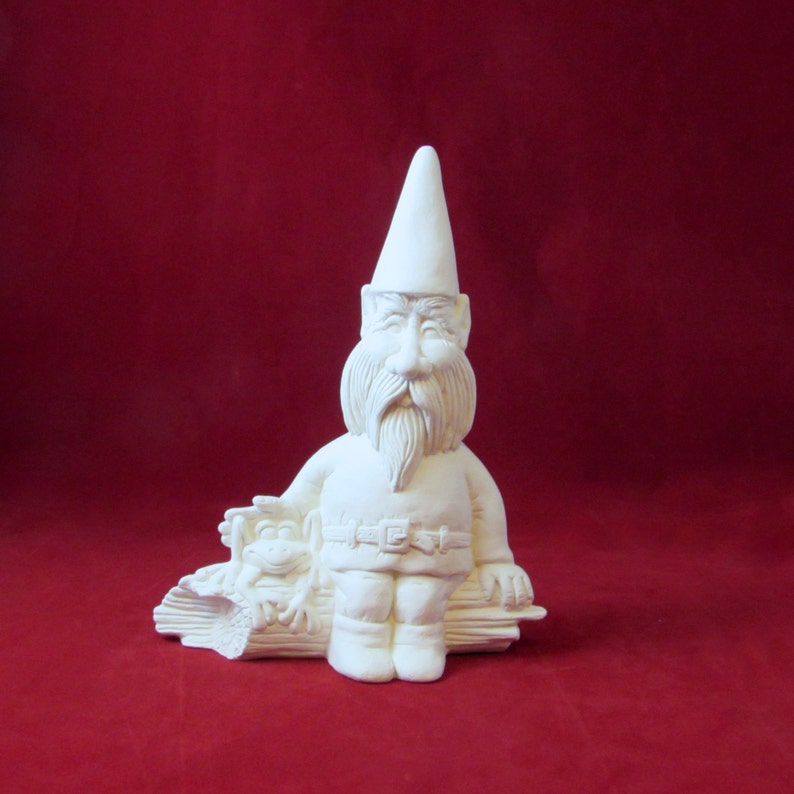

- Logging gnome desklets install#
- Logging gnome desklets drivers#
- Logging gnome desklets password#
- Logging gnome desklets free#
Logging gnome desklets free#
With up and down arrow to your desired position (it’s bellow Workspace ManagerĭockBarX is customizable, so feel free to launch DockBarX Preferences.

Right-click on panel → Panel → Panel Preferences → Items tab → Remove launchersĪnd window buttons → Click on + button → Search for dockbarx → Add → Move it Now, let’s replace the default panel with DockBarX. Open MX Package Installer → Stable Repo tab → Search for dockbarx → Selectĭockbarx & xfce-dockbarx-plugin packages → Install.

DockBarX is my go-to panel on MX Linux for many reasons:
Logging gnome desklets install#
Install DockBarXĭockBarX describes itself as a lightweight taskbar/panel replacement for Would like to learn more about XFCE desktop customisation. Open Settings → Appearance → Choose style and icons. However, you can go beyond these preinstalled themes and install more themes and enable them in the XFCE Settings: Open MX Tools → Tweak → Theme → Options → Choose a theme from the set of MX Linux comes with a set of pre-installed themes which you can find in MX Tools: Luckily, MX Linux uses XFCE desktop that is highly configurable. MX Linux’s default theme may not be everyone’s cup of tea. Right-click on Whisker menu → Properties → Enable Position categories next to The only exception for me is that I place categories on the Whisker menu is MX Linux’s default menu for launching apps. Right-click on panel → Properties → Font button → Set font size to your liking → OK. Increase its size to be consistent with other icons in the panel. Open MX Tools → Tweak → Panel → Options → Set Window grouping to Always → Close → Apply.Ĭlock’s text, depending on the position of your panel, can get very small. Productivity when I have more apps opened. Configure Task IconsĪnother panel customization feature that I like is the ability to group multiple Right-click on panel → Panel → Panel Preferences → Set row size to 40 - 50px. I also increase the vertical size of the bottom panel since by default it’s pretty small. Open MX Tools → Tweak → Panel → Set panel position to your liking → Apply. However, many of you would probably prefer to have it at the bottom of the screen.
Logging gnome desklets password#
Open MX Tools → Other → Set Password for administrative tasks to User → Apply.īy default, MX Linux has its panel on the left. For an average user, it’s more convenient to have a single When you were installing MX Linux, installer prompted you to enter user andĪdmin password. Open MX Tools → Tweak → Display → Adjust xrandr scaling → Apply. In case you have a HiDPI screen, you’ll need to configure MX Linux to work They are not included by default because of legal concerns. Similarly to Nvidia drivers, I would recommend you to install codecs as well.Ĭodecs allow you to play various media formats on your Linux machine.
Logging gnome desklets drivers#
Nvidia drivers for a more seamless desktop experience. If your system uses Nvidia graphics card, then I would recommend you to install I would encourage you to experiment with different options until Please note, these are the settings that work for me. Open MX Tools → Tweak → Compositor → Set VBlank xpresent &Ĭompositor Xfwm (Xfce) Compositor → Apply. Screen tearing happensĭue to unsynchronised GPU & monitor frame rates. Many users have encountered screen tearing on MX Linux. Open MX Tools → Boot Options → Set Menu timeout to 0 → Apply. MX Linux is only OS on your machine, then this behavior is redundant.įortunately, MX Linux has an easy way to disable it. Open MX Tools → Tweak → Config Options → Disable Enable single-click onĭesktop & Enable single-click in Thunar File Manager → Apply.Īfter installing MX Linux, you likely see a boot menu on each system startup.

Single-click to open files and folders, but I prefer double-click. This feature comes down to personal preference.


 0 kommentar(er)
0 kommentar(er)
